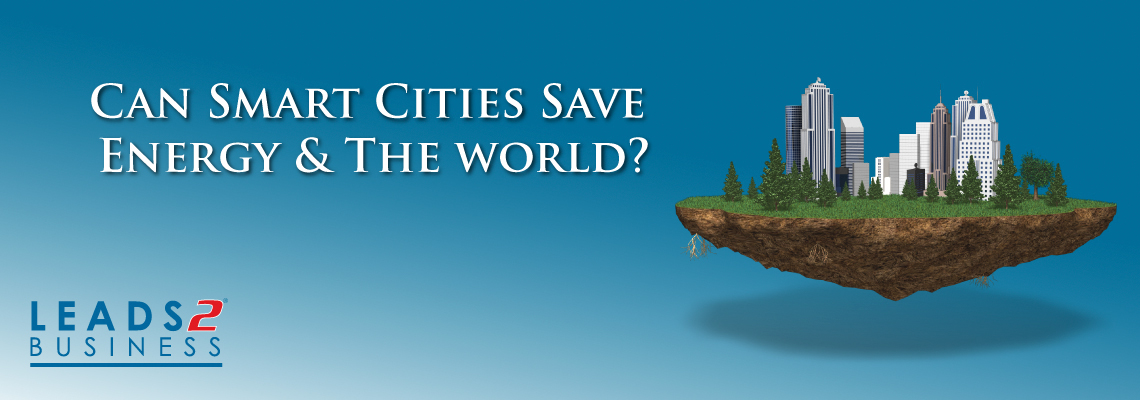Can Smart cities save the world?

Before we can determine how the world can be saved we need to understand what a smart city is. A smart city should be able to provide a technology framework that enables the citizens, businesses, government and non-government entities to be able to utilise received information and communication. This means a smart city would need a foundation of high-speed connectivity to ensure effective data collection and only once this is in place, would a city be in the position to address any and all challenges to become “smart”.
There are a large number of challenges and obstacles that stand in the way of smart cities becoming a reality in South Africa. Our infrastructure is underdeveloped and ageing and a major challenge would be the lack of skills in the workforce. The lack of this essential workforce is a hindrance to the progress of smart cities nationally. As well as training, tech-savvy people are a necessity, ones that understand and can use IT systems even when under pressure. Regretfully, the development of this required workforce does not happen overnight.
The implied benefits in living in a smart city are numerous but requires that the ‘smart’ is implemented correctly and of course well managed (SA still has a long way to go here) Governments and municipalities would be better managed and improved, for example, network sensors could be placed in the drainage system and any problems would be timeously detected, for example, where blockages are occurring, capability during flooding and also real time information on any trouble spots. More online services would cut down on process cost and time resulting in efficiency. A good example of heading towards “smart” is that you are now able to submit your tax return online (those queues were a nightmare!)….hurry up Home Affairs, you need to get smart too!
All over the world people are going about their daily lives, eating meals, shopping, working in offices, using their mobile phones and travelling, be it to school, work or play. More and more people are flocking to the cities from rural areas and this is why cities are responsible for 80% of global energy consumption, contributing to over half the world’s greenhouse gas emissions and this trend does not seem to be decreasing. If we want to tackle climate change, changing the way we consume energy in cities would be the way to start.
There are 5 key areas emerging for ‘smart’ services that enable a sustainable, low carbon city.
1. Monitoring and managing the “footprint” of the city for decision-makers
2. Connected mobility solutions to enable modal shift, and electric vehicles
3. Distributed and community energy solutions
4. Smarter buildings that are transparent about energy consumption, use and generation
5. Smart energy, water and waste management
It is a scary thought that by 2050, two-thirds of the world’s population will be living in urban areas and even scarier is the fact that Africa’s urban populations are growing at twice the rate of the rest of the world but… it is not all gloom and doom, there is increasing evidence that emissions can decrease while economies continue to grow. The answer is….low-carbon trajectory, which is actually feasible and makes good sense. In the past, growth was the main measure of economic success, but this growth is presenting huge challenges for Governments. More people means increased consumption of valuable resources such as water and energy (we are certainly aware of our current water situation). More people in the cities means that more services are required e.g. firefighters, police, medical care and education and often the services are required before enough taxes are received to cover their costs.
So, instead of measuring physical growth, a city’s success should be measured by its utilisation of resources such as water, energy and others. To be measured further by its ability to maintain a high quality of life for its residents. In other words, cities HAVE to become smarter about how they use existing capacity and resources in order to save the world.
References:
http://www.dfafrica.co.za/press/2016/2016-02-23
https://www.theguardian.com/sustainable-business/blog/smart-cities-energy-consumption
https://www.theguardian.com/environment/2015/sep/08/climate-smart-cities-could-save-the-world-22tn-say-economists
https://hbr.org/2012/10/tech-savvy-cities-are-saving-m
If you are interested in becoming one of our subscribers, please visit our website.
To view notes with screenshots on how to use our website, please visit our Wiki site.
To view more articles, please visit our blog.
About Debbie Wessels
I started at Leads 2 Business in April 2008 in the tenders Department and transferred to the Projects Department during the same year. I was appointed Head of Department for Projects from February 2011 to March 2022. April 2022 I started a new adventure as Content Regulator.








Leave a Reply